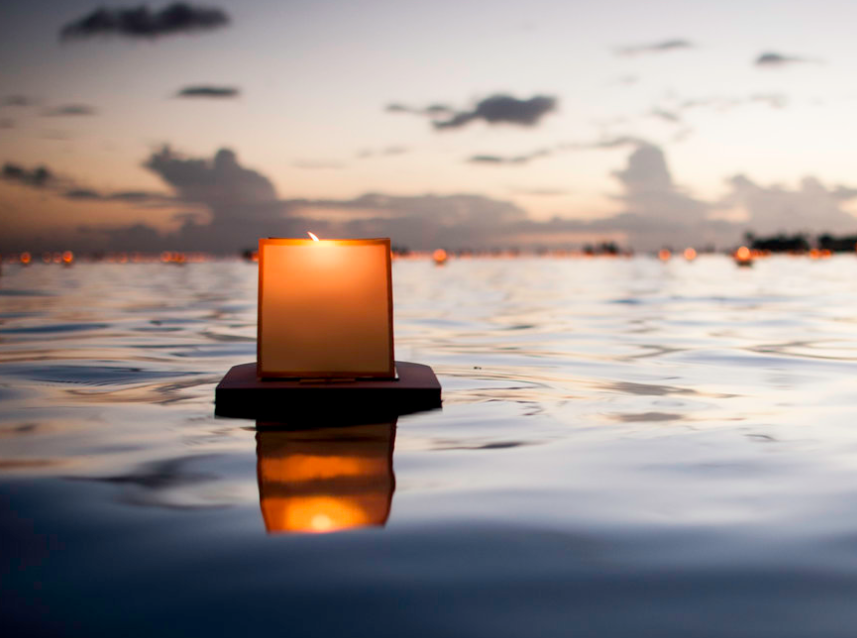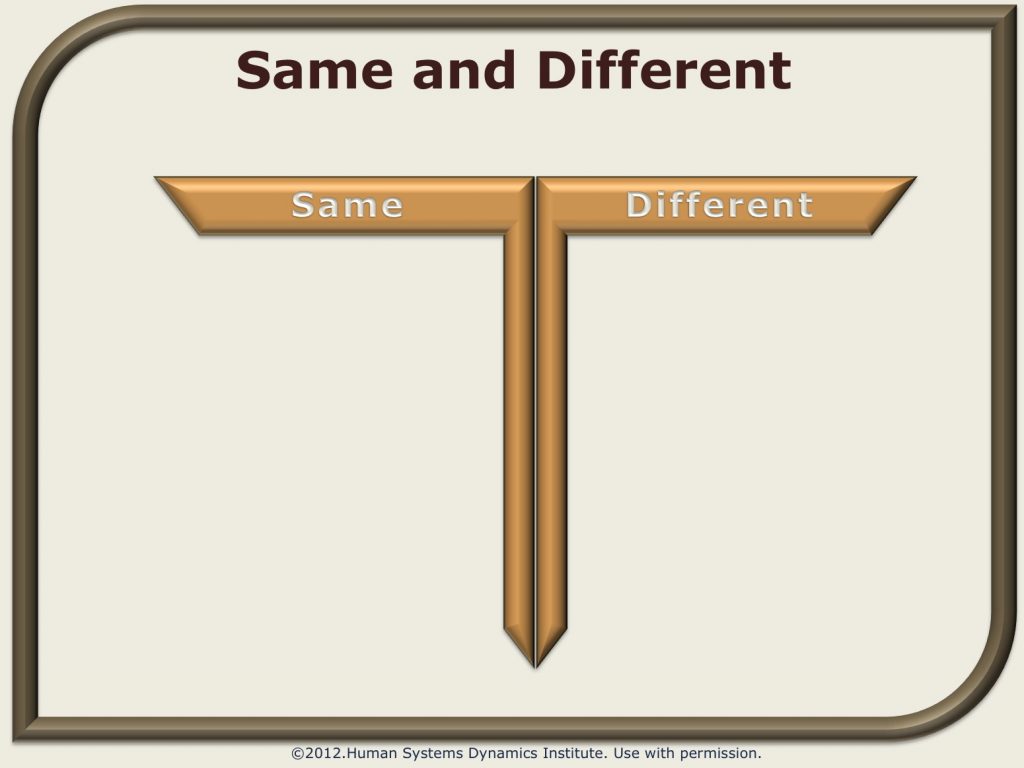
Featured Photo by Sarah Treanor at streanor.com
Writing started on 23rd March 2020, and finished on 8th April. Then finally posted on 23rd April.
I have wanted to apply the “Same & Different” tool from Human Systems Dynamics for a while on a “sticky issue”.
https://www.hsdinstitute.org/assets/documents/5.1.1.13-same-and-different.pdf
But which sticky issue? I have so many:
The general sticky issue that is my life?
The similarities and differences of my life “before” loss and my life after loss?
The similarities and differences of losing a husband vs losing a child?
The similarities and differences of mourning vs the experience of confinement due to Coronavirus?
And what difference, anyway, would it make? The idea is that using it might get one unstuck, if only for a bit. If only in order to try something new, to see what shifts. I think that’s a good enough reason to try something. I know the overall “state” of my sticky issue/sticky life won’t be fundamentally altered. But I am curious enough to see what happens. (I am reminded of the Simple Rule “Turn Judgement – aka Defensiveness/Irritation/Funkiness/Denial – into Inquiry”).
I could pick any one of the sticky issues, though the idea about “investigating” the similarities and differences between losing a husband and losing a child makes me want to vomit. And anyway, it feels too clinical, too cerebral. Both experiences suck. Badly. And I am left with a feeling of, “so what?” If the tool is designed to help get me out of a pickle, I know that I am still in a messy pickle even if I have done some analysis, some thinking.
Reflecting on “life before loss” vs “life post loss” also feels somewhat redundant. It’s too long ago. I can’t remember what life was like back then. Though Facebook reminds me from time to time with photos and videos of a time when everything was tinged with pink. And judging from the comments I added, I knew it and was grateful.
While out on a walk yesterday, I reflected on the extent to which this time of forced Isolation, Confinement, Spatial Distancing, Sheltering in Place (etc) feels similar and different to some aspects of grieving and mourning. Let’s call it Mourning, which is the public face of Grief. Grieving is the “invisible-to-others” aspect, the inner work, the work that goes on till one’s final breath.
With all the talk of Isolation, I am reminded how often that word is used in the Grief literature. Some of my Widbuds are re-reminded, through announcements in the press to “reach out to others”, just how prevalent that language is. And probably how helpful it would have been in the weeks and months after our losses. Where were the reminders for people to remember to reach out to us? In fairness, reaching out just isn’t enough. Nothing is.
I digress.
Back to Same and Different, the HSD tool. Here are some of the things I have noticed so far, now into week 4 of “sheltering in place” and “spatial distancing” in France. The “What?”
| Same | Different |
| People I know cross the road when they see me – like I might be contagious or something… | … but they don’t avert their eyes – they actively smile and say hello! (actually, starting week 3, I noticed that people don’t say hello as much, and did look the other way – more akin to my experience after people died) |
| Some people – the same few – reach out to check in on me | Many more people reach out, make themselves available |
| Some people – the same few – ask if I need anything | People ask if my kids made it home, if they are with me |
| The reaching outs stop after a couple of weeks | |
| Work is dramatically affected, reduced, decimated; I earn nothing | This time it is clients cancelling me, not me cancelling them |
| Time is unstructured, loose, flowing, fluid, and I get very little done in a day | Time feels “out of time” for all of us. Not just me. |
| Sleep is spotty, inconsistent. I often don’t get enough sleep. And sometimes I do | I worry far less when I don’t get enough sleep – there’s not too much to focus on right now |
| Life is scaled back to its basics: Are my kids okay? Am I okay? Do we have food, water, heating, internet? | I have more emotional and physical capacity and strength. I even check in on my friends |
| I focus on getting through each day | In deep Grief, it’s about surviving moment to moment, breath by breath. With COVID-19 it’s hour by hour, day by day, week by week. My timespan has expanded. |
| Social Isolation is immediate, dramatic and long-lasting | This time it’s only spatial isolation. If anything, I am more socially connected than in the past year. |
| Everyone is grieving to a greater or lesser extent. Mourning is for others too, not just me | |
| People share their “me too” stories of loss | …but now I have spare capacity to hear and absorb some of others’ worries, including Medjool and his mum’s being end of life, and numerous other friends with end-of-life stories |
| Birthdays, anniversaries and deathiversaries still come fast and furiously, and need to be acknowledged and honoured… | …and for the first time since Mike died, for my third birthday since his death, I am having a party. Online. I couldn’t manage a face to face one, so forced isolation works to my advantage. I am also having a commemorative call for Mike’s deathiversary, 8th April |
| My brain is not high-functioning. Concentration is low. Focus is shot. | More interests me, and I feel I can (potentially) use this “out of time” time a little more proactively. I put down lack of focus to peri-menopause rather than grief |
| My level of fitness is not particularly strong, and it feels difficult to do anything about it | I used to attribute pain in my chest to enormous grief-related heart-ache, now I attribute it – perhaps falsely – to a nasty virus. I know it’s still Grief, really |
| My phone and laptop “beep” relentlessly with messages, quotes, memes, articles for how to survive my/the turmoil | In Grief these messages come from people I know or people they know. In COVID-19 these come from anyone in the world who has an opinion |
| There is much talk about “when this is over” | I know now that there is no “going back”, even though other people might think there is |
I feel like I could go on. It’s taken me days, on and off, to write those two lists. Anything takes me days.
So What?
A major difference for me in the patterns above, and my lived experience of multiple Griefs and COVID-19 Isolation is that I feel (much more) comfortable in the discomfort. Is that due to experience and resilience? Is it due to apathy? Is it because others are experiencing their own forms of Grief and grief, and somehow, at some level, I am more likely to see and believe and feel that “I am not alone”? Is it because, for decades – well before illness and death affected my life – I paid keen attention to what matters, what I have some semblance of control over?
Now What?
The point of this exercise is to see which “difference(s)” hold(s) enough tension or energy to spark some intentional, active action. Rather than doing anything specific at this stage, I am content with feeling into my hard-won resilience and resourcefulness for being okay with calamity, okay with disruption, okay with having zero control over anything, other than – potentially, on a good day – how I show up and respond to life’s highs and lows.
I am exploring “my version of resilience”. Learning its landscape, features, ingredients. Trying to articulate what strengthens and expands it, and what weakens and shrinks it. It’s definitely not about “battling on”. I think that being “with” the car wreck for eons now, continuing to turn over the debris, looking for sparks of life and green shoots are key. Really truly being grateful for my lot, despite the awfulness of the near past, much of the present, and much of the future keeps me present. And engaging fearlessly in the crap, the real crap, not the anxious-mind made up scenarios, but the real, immediate “now crises”, also keeps me grounded.
Being grounded in the car wreck is a way of life by now.
It’s a good enough car wreck.
Good enough living and surviving and licking wounds and rebuilding and recreating and increasing resilience.
Sometime again, in the future, I might even thrive.
It will be good enough thriving.
Good enough.
Much more than good enough.


